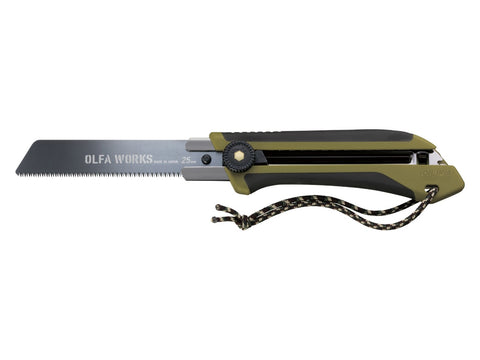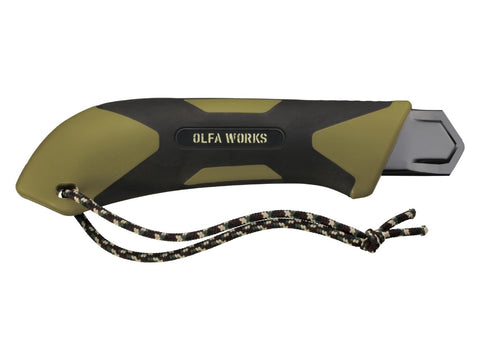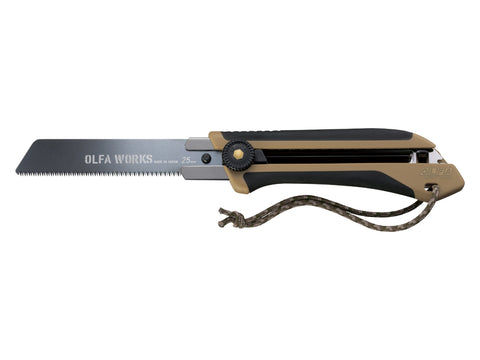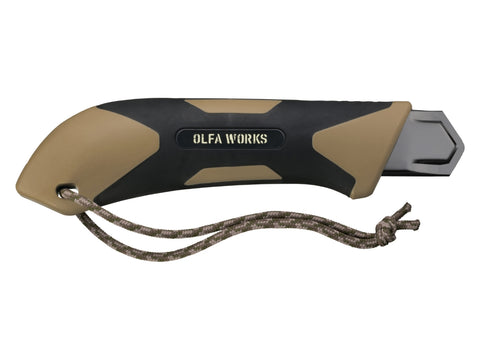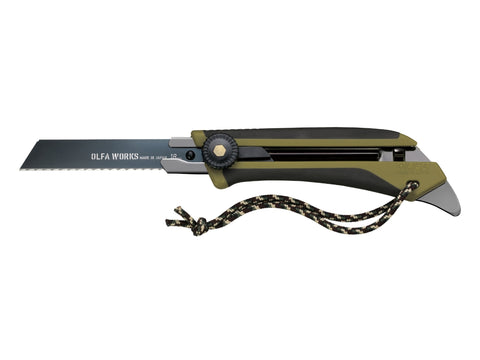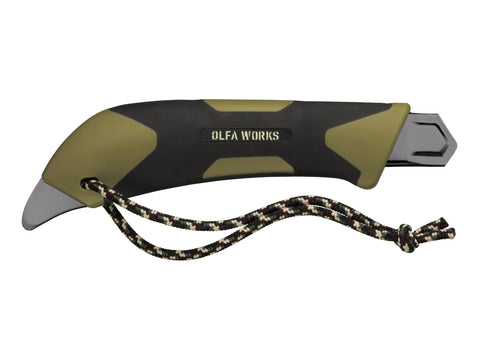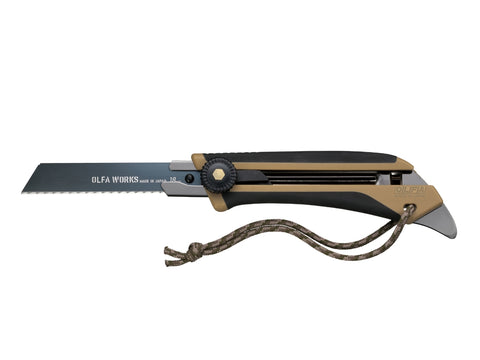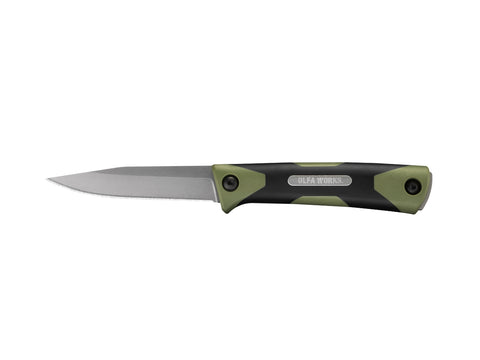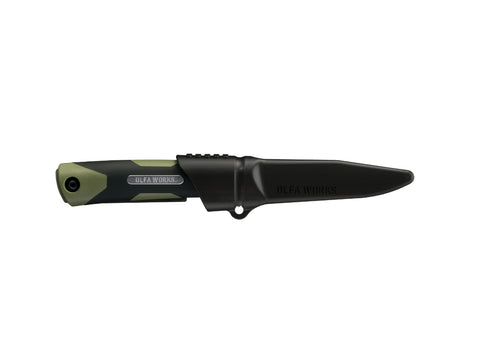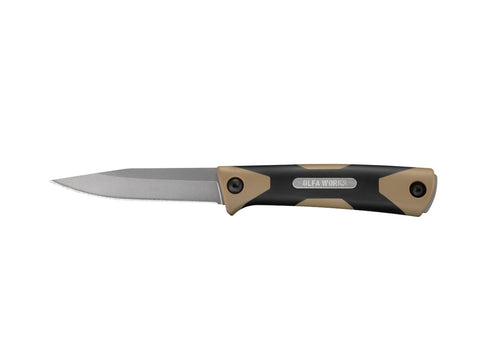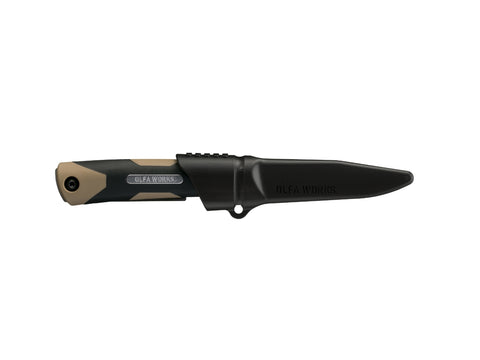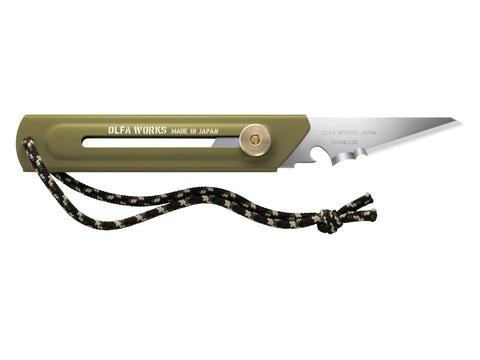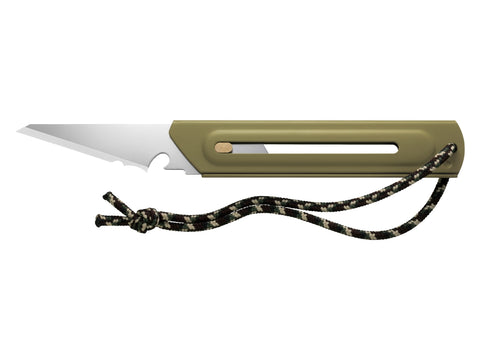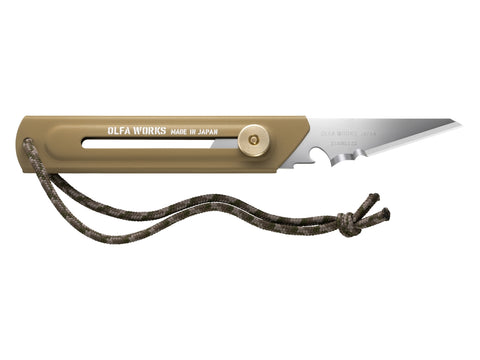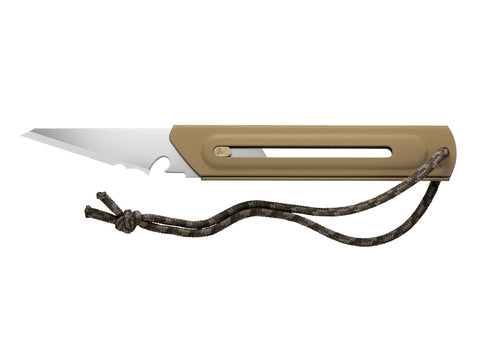Making – and Breaking Camp
Knowing how to set up and take down a campsite can make your camping experience smoother and so much more fun! We’re giving you the tools to create your own adventure!
Before you head to your campsite, you need to figure out where you’re going. The United States has an abundance of options – from local campgrounds to national parks. Front country camping (or car camping) are drive up campsites with amenities, such as a prepared site, bathroom and shower facilities. The most common are usually in state and national parks as well as commercial campgrounds. Backcountry camping is remote. You have to hike to the site and haul in and take out everything, including waste materials. You can camp outside of designated campgrounds – called boondocking or dispersed camping - in areas such as national forests or Bureau of Land Management spots. They have no facilities, and you must be self-sufficient. Finally, there is RV or camper van camping where you bring all the amenities with you plus, they have hook ups for water and electricity. Depending on where you live or how far you’re willing to travel, you can choose mountains or forests, lakes or deserts. How far you want to travel is often the deciding factor. Many of these options will require a reservation and fee so don’t forget to check that out.

When you’ve arrived at the campground, check your reservation to find your site number. Some campgrounds have check-in and check-out times so don’t be alarmed if someone is in your spot but it’s before you’re able to use it. Back into your space to make it easier to unload your vehicle. Move aside rocks, trim away small tree trunks if they look like they could be a tripping hazard. An OLFA Works Bushcraft Saw is perfect for this job! Survey the site for the best views, privacy, and how you want your campsite to flow.
Teamwork makes setting up the tent a snap! Hopefully you’ve practiced setting up your tent several times before you arrived. There’s nothing worse than pulling the tent out of the box for the first time at the campsite. Many campgrounds have a tent site already established with a smooth surface, often framed with timbers. While it may appear level, if it has a slight incline, put the top of your tent there. Your sleeping bag head will be higher than your feet. Position the door so you can see a beautiful view, unless you have kids. Then you want to be able to see most of your campsite, as well as making it easier to get in and out. Lay down the ground tarp – the footprint – to protect from moisture and rocks. Set up your tent using the rods and poles that came with it. Use stakes, a mallet, and guylines to secure it properly. Once it’s set up, inflate mattresses, roll out the sleeping bags, and fill your tent with your gear. If your campground allows a second tent, bring a small one for kids to keep their toys and play in.

Keep an organized and tidy camp kitchen by using the campsite’s picnic table as the main focus. If one isn’t included, hopefully you’ve brought one from home. Coolers and containers can work as makeshift tables, too. Set aside one end of the table for food preparation and dish washing. Cover the other end with a tablecloth and take your meals there. Your water container can fit on one of the benches, handy for cleaning up. A paper bag lined with a plastic bag can hold trash and food scraps, simpler to take to the camp garbage station. Keeping your campsite kitchen orderly will make it easier to put everything in your car when you leave the campsite. Never leave food, trash, or food scraps in your camp when you’re gone to avoid animals thrashing your site. Use a bear-proof container to hang your food from a tree if you’re in bear country and don’t have a vehicle to store it in.

It wouldn’t be camping without a campfire! That’s where the best stories and memories are created. Most campgrounds have an established fire area with a ring and grate. Use them to avoid a fire getting out of control. Buy wood from the ranger station or campground host, avoiding invasive insects and disease by bringing your own in from another area. To keep from starting a fire, store your wood away from your campfire. An OLFA Works Outdoor Utility Knife, SANGA Bushcraft Knife or the Utility Camp Knife work to slice off pieces of wood to use for kindling. For safety reasons, someone should be in charge of the fire, keeping it from growing too large, but also to make sure children or pets don’t stumble into it. Completely extinguish the fire before you leave the site and when you turn in for the night.
You’ll be enjoying activities outside of your campsite so here are some suggestions for securing your gear. Lock your valuables in a lockable dry bag, available at sporting goods stores. Use it for keys, electronics, wallets, camera gear, and anything else that’s important to you. Lockable, slash resistant bags are also available for a higher price. You can get cable locks that are good for locking tent zippers, similar to ones you’d use on luggage. A keyless combination lock gives you quick access without having to carry another key. Speaking of keys, bring a second set for your car and put it in a different location. For canoes, kayaks, or bikes, bring heavy-duty cables that are long enough to loop around your object and a tree or rack. Bring a heavy-duty lock to secure it. Put paddles, life jackets, helmets, and items inside the tent. Anything that’s precious to you should be stored

Personal safety is just as important as securing your gear. Before you leave, let a friend or family member know where you’re going and when you expect to return. If you’re going backcountry camping, check in with the ranger station. Travel with a first aid kit that includes the basics plus your prescribed medications. Ask about wildlife sightings and weather forecasts before you hit the trails or water. Carry a map and a compass in your day pack as well as a container of water. While it’s nice to be alone, being too far from others can make you vulnerable. If something doesn’t feel right, trust your instincts and move out of the area. Most campers are friendly people but don’t share too much personal information, especially if someone is a little too curious. In your tent, keep a flashlight close by. Your car key fob or whistle can act as a deterrent if someone is rooting around in your campsite at night. Keep your phone charged and bring a portable battery pack to recharge it. Be alert but not fearful.
Be a good neighbor while you’re camping. Keep your camp tidy so trash doesn’t blow around. Walk around other campsites instead of cutting through someone else’s and teach kids to respect the boundaries of the other campers. Respect the campground speed limit when you’re driving to avoid injuring kids on bikes or people walking. Campground quiet hours are often 10pm to 7am. This is for the enjoyment of other campers as well as wild creatures. Unplug the music system and turn off the generator and outside lights on your camper or RV so that everyone can get a good night’s sleep. If you’re an early riser, remember that others might want to sleep in, so keep the chatting and breakfast prep sounds to a minimum.
Taking down the camp is so bittersweet. Once you’ve settled in, you always wish for more time in camp. While you’re taking down the tent, spread open sleeping bags over the tables and chairs to let them air out before you roll them up. Brush off the outside of the tent for branches and bugs and pull up the guylines. Before you disassemble the frame, tip the tent toward the door to get all of the dirt off the floor. Put ropes and tent poles in the bags they came in as you complete each step to keep organized. Give the tent a good shake before you fold it and do the same with the footprint and rainfly to remove moisture. They’ll be easier to clean when you get home. Extinguish the fire with lots of water, stirring it until no embers are burning. Once the car is packed, walk around the campsite and look for loose candy wrappers and other trash. Tie up your garbage bag and drop it at the campground garbage station on your way out. Wave goodbye and start planning your next camping trip!

